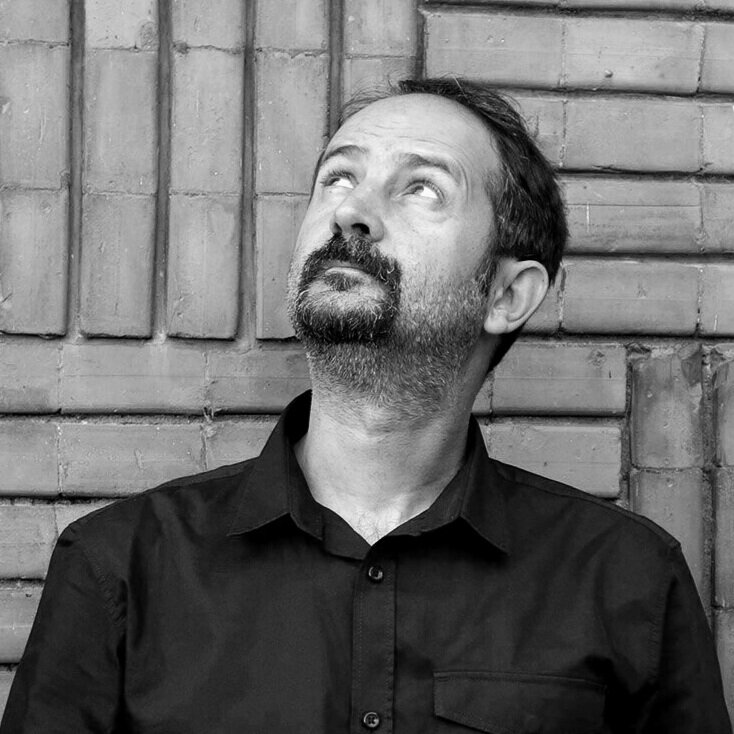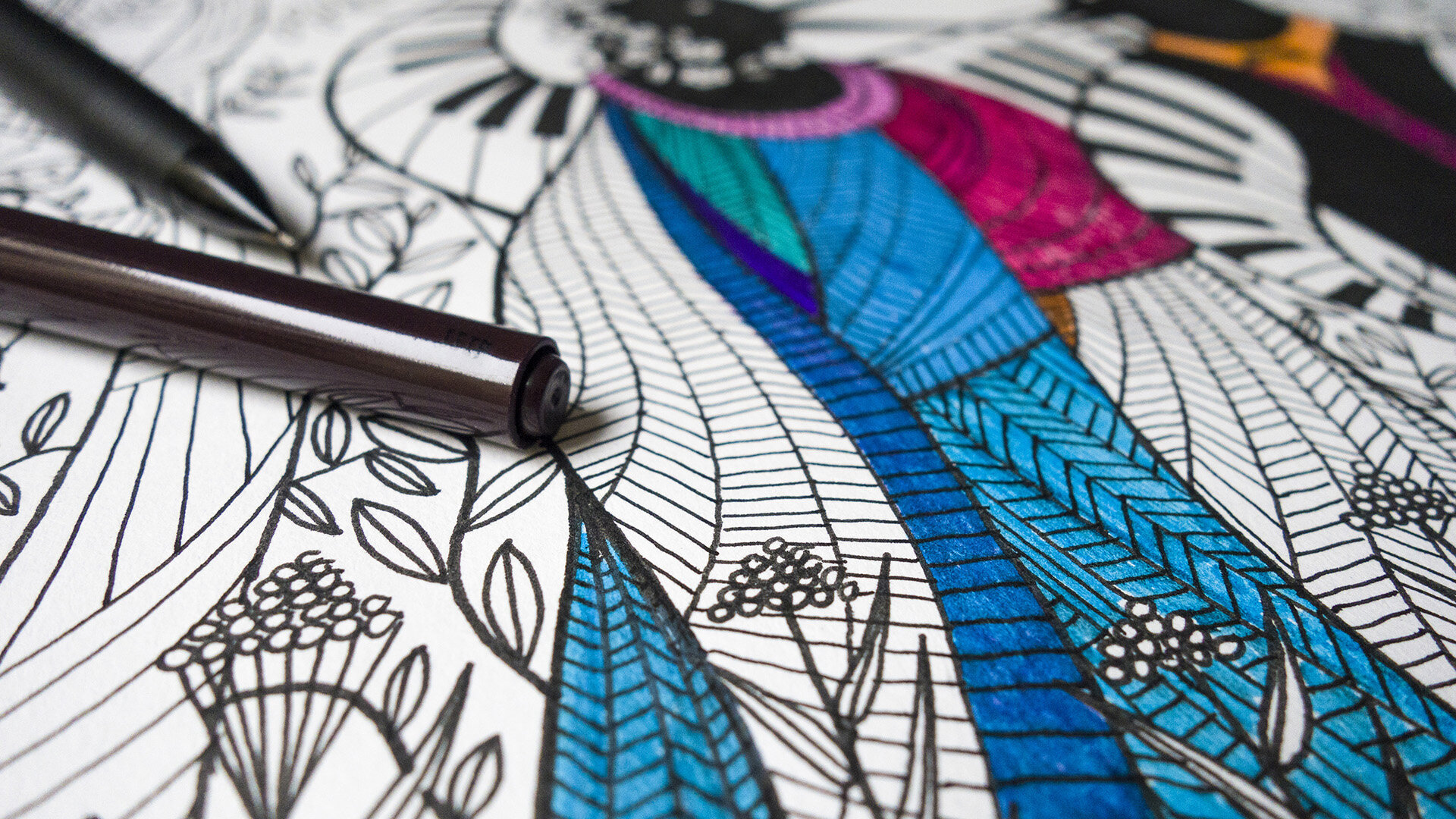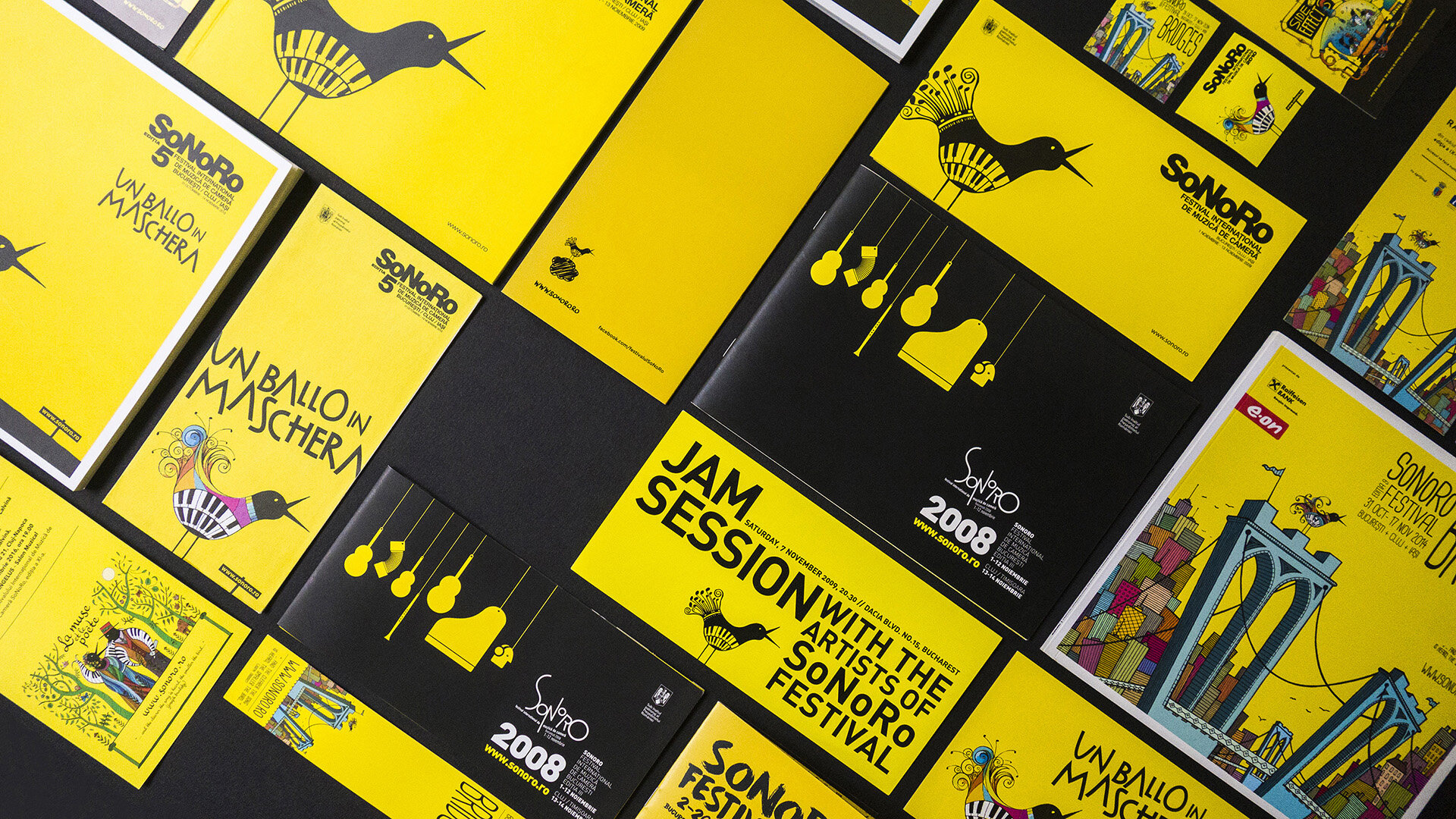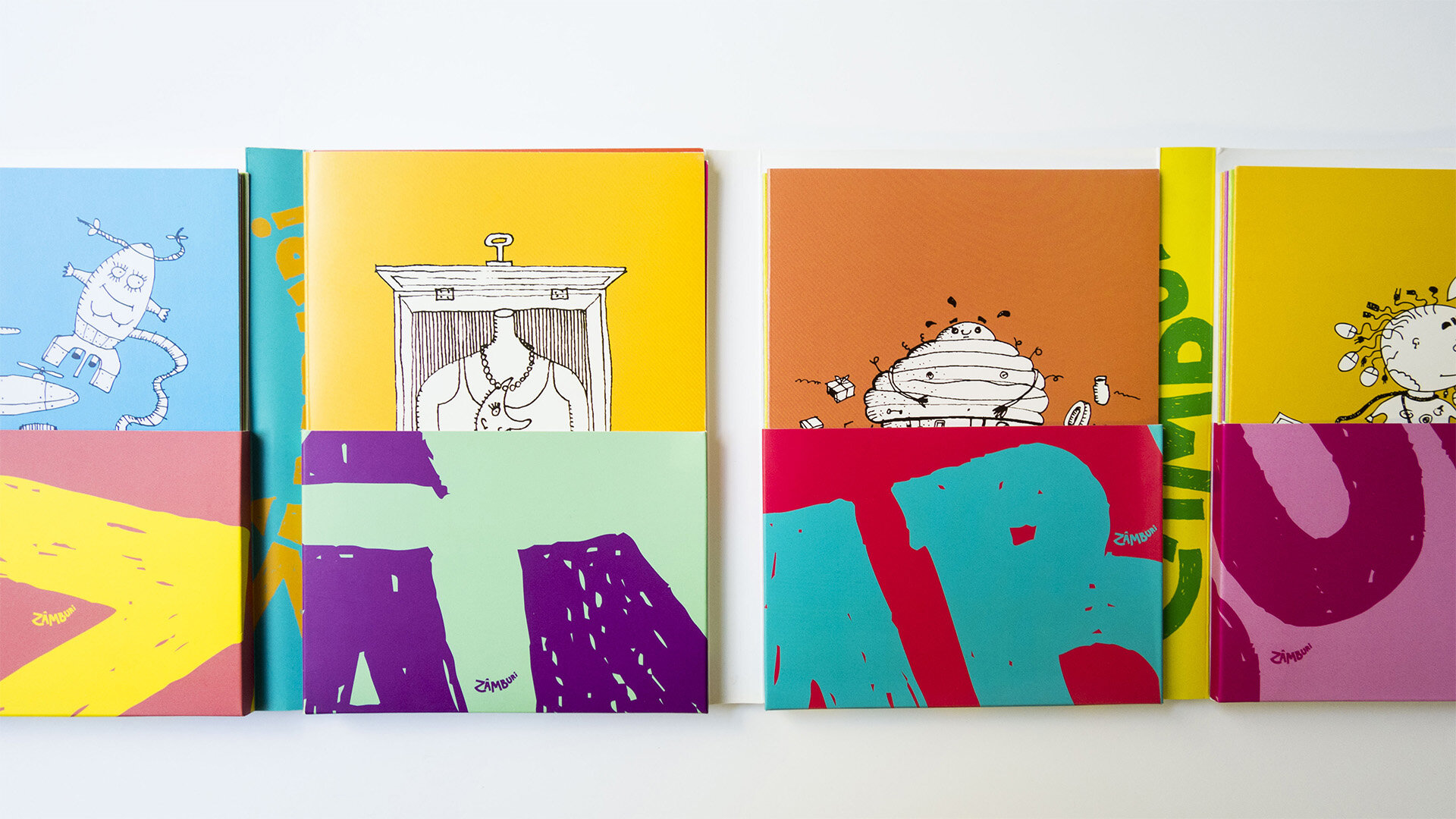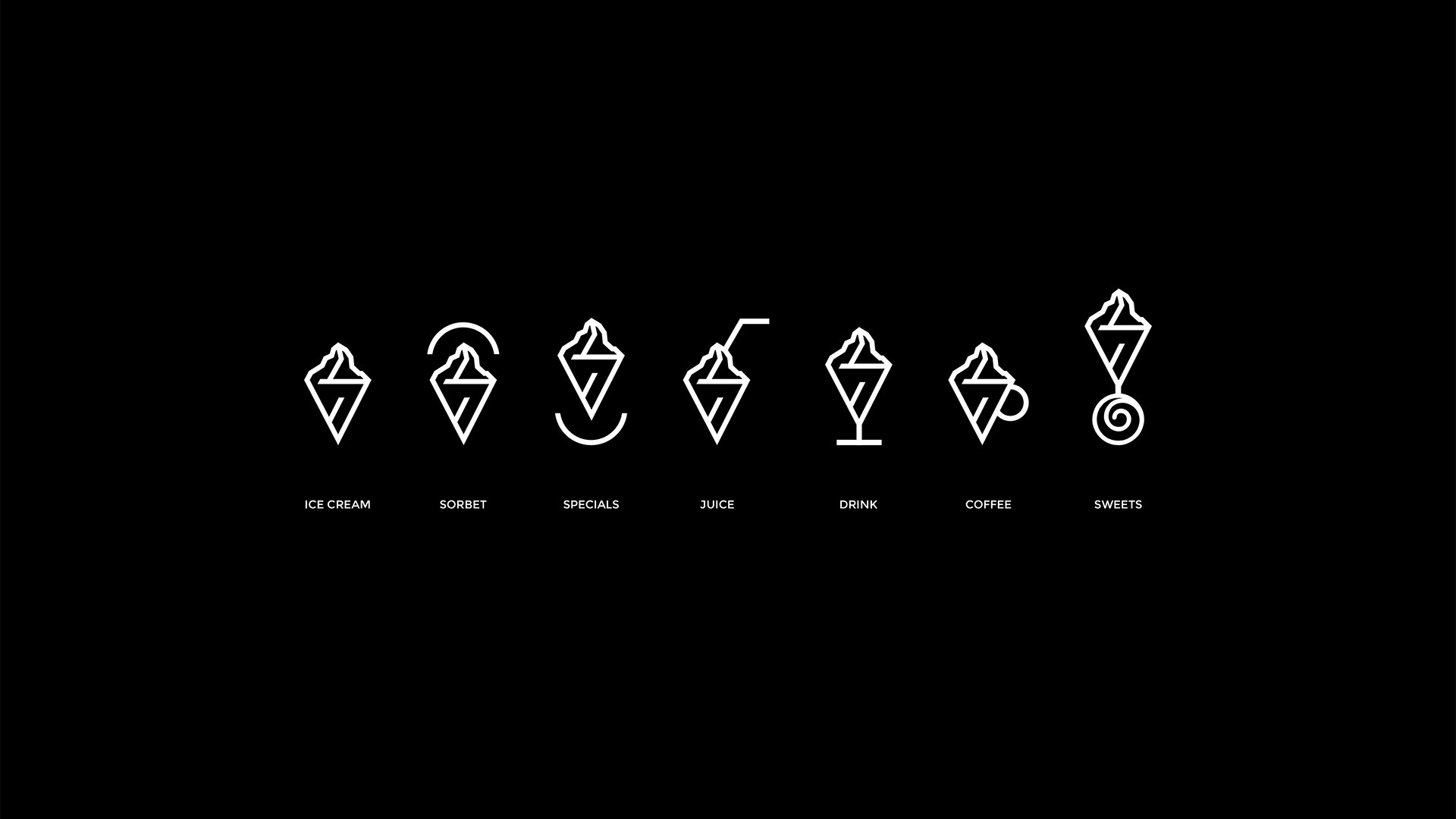Dan Dulau discusses finding creative freedom within constraints, and key stages of design process.
“ Drawing and ideating on paper gives me a sense of freedom and humanity”
Tell us a little bit about yourself. Where you are now, how you got here, and a bit about your journey.
Was born and raised in Cluj-Napoca, where I’ve also finished my specialty studies at the University of Art and Design, graduating in 1998. I’ve steadily ventured towards Graphic Design which I find to be a discipline of cultural confluence offering a vast amount of creative freedom. I’ve practiced Graphic Design for more than 20 years, always looking for new programs which require discovery and research, leading to more creatively-generated concepts. I appreciate and incorporate drawings as key part of my work, and illustration using minimal and direct to paper techniques, which I find to be a clear way to resonate my research discoveries with the messaging my graphic design incorporates and conveys.
How do you progress with your projects, is there a favorite way to start and evolve? Any methods you love, or process you follow?
Every project for me starts with the design brief, which contains the themes and directional trajectories, but for me it also includes any constraints. It’s the moment I identify what is necessary, directions that I need to explore and areas that are out of reach. To me this is a key stage of the process, although many designers discard the importance of this step. The following steps contain the essence of qualitative creativity: concept generation through sketching, which to me is the best method for step by step generative stages. From this amalgam I usually select a reasonable amount that are relevant and can be taken into consideration in a meaningful way, and further refined through computer graphics and 2d software. Then surely reviewing with the client who should become part of the journey and have full support and agreement. This stage is also key, a negotiation, compromise and persuasion stage which is also key to negotiating a good qualitative design to be implemented. So the entire process is one of ‘creative energy’ as key tool to overcome the tight deadlines, and many times with my own exigence and self-goals. The client ask vs the freedom you are wiling to allow yourself are aspects that need to find themselves in balance for an excellent and high quality design.
The earlier phases in the design process enable me to feel free, both in the research and early ideation. It’s a little bit like an embryonic phase, with a multi-potential of ideas on the table. Playing with paper and drawing gives me a sense of fluency, intertwined only by my rationale for synthesis.
What are some of your favorite and key projects or programs?
In the past years I’ve covered many diverse programs of application and scale, starting from identity programs to logo design, and upwards to creative and artistic direction of art and cultural festivals or events, and full packaging design programs. Many of these programs required complex messaging and functional communication. In each of these I integrate illustration and drawing, which are essential for my work, but also representative for our organic human nature. It’s a delimitation towards too technical or computer based approaches, which to me seem cold and rigid. I always seek a balance between the theme through classical hand based methods, and computer-based graphics for refining and editing. My full heart is SoNoRo festival in which I am involved since 2006 as Art Director, Romanian Film Week in Paris, JazzUp Festival, or Chiemgauer Musikfruhling festival in Germany. In terms of packaging design, Crama La Salina or Lactate Colțesti (specifically Torockoi brand). These programs are vast and dedicated with a large visibility in which the audience interacts frequently. This interaction is key, as it allows me to see, and receive feedback on my design both from audiences and also my clients - which I consider an essential and integral part of my design process.
What do you see as exciting for design and creativity in Romania?
The past few years brought a an additional plus of dynamism and creativity. More initiatives appear which propose a contemporary approach to design or which look at visual art more broadly. If I were to evaluate Cluj individually, I would notice Cluj Design Days and ZAIN as a few important events. These events coagulate people with mutual interest, and influence how design is being perceived as an integral part of society as beneficiary. Therefore in this context RDC is much needed, and hope to see it create bridges between designers and beneficiaries of design programs, whether they are private, business or public administration. Specifically, public administration and management is a little slow in evolving visually their identities, due to many aspects however we see new mayors that perceive positively the societal change, and are more open to embrace change and future transformations of their cities and identities. We look forward to positive collaborations in this regard.
For more information on Dan Dulau’s work, please visit dandulau.ro
Thank you Dan for participating in our interview and Creative Leaders program. For those who missed it, find photos and short video from the soirée, where Dan Dulau and Eleonora Dulau presented their work.
Join us next time! Subscribe to our newsletter below, and we will let you know when the next Creative Leaders will happen. See you soon!


